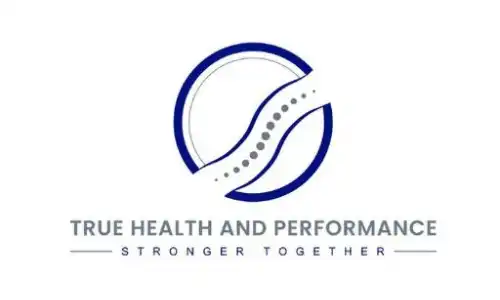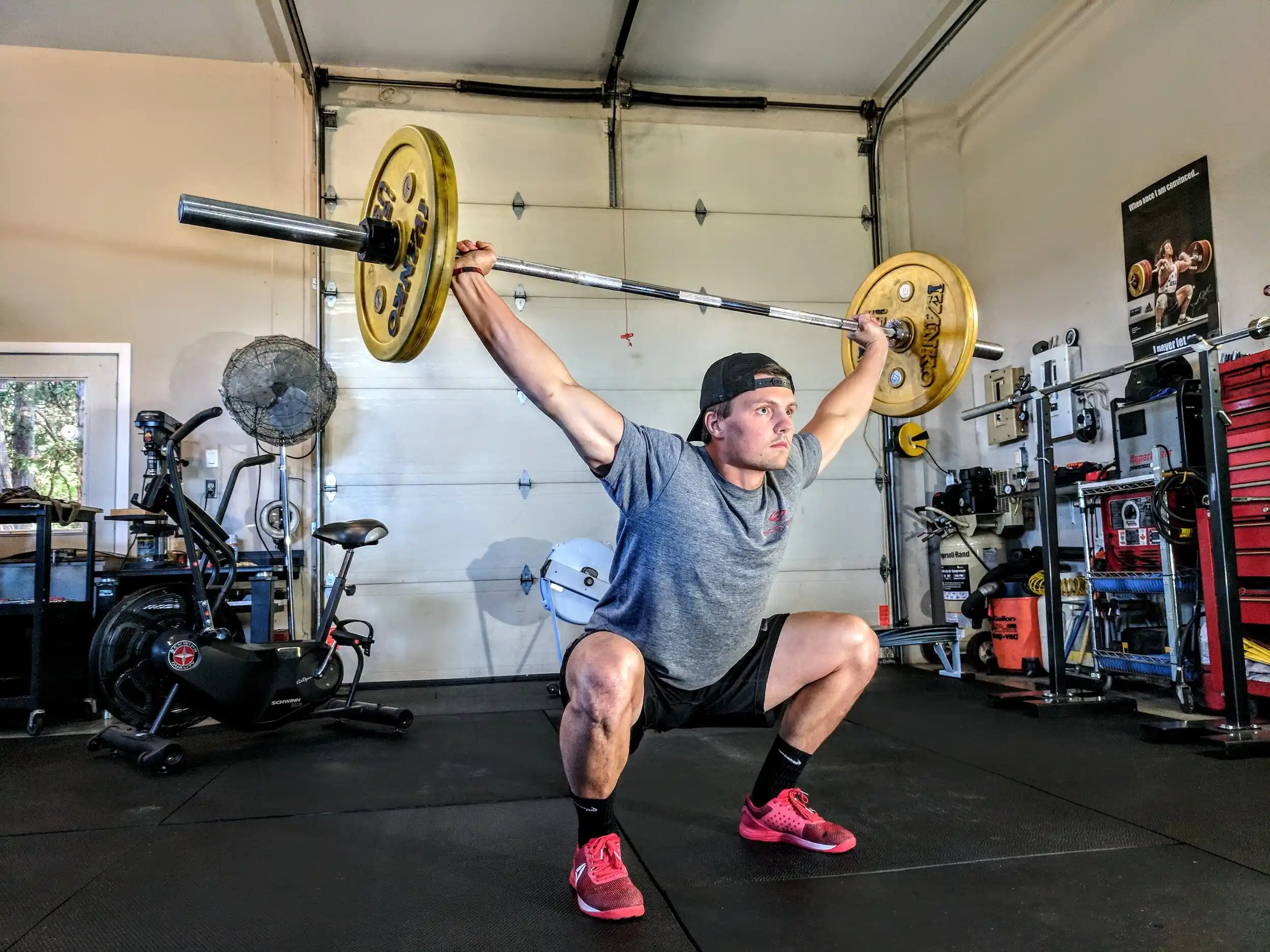Shoulder injuries are a common issue that can significantly impact daily life, hinder athletic performance, and cause chronic discomfort. Whether you’re an athlete, a fitness enthusiast, or simply looking to maintain a healthy, pain-free lifestyle, understanding common shoulder injuries and the benefits of performance physical therapy can play a vital role in your recovery. In this blog post, we will explore some of the most frequent shoulder injuries and discuss how performance physical therapy can aid in the healing process.
1. Rotator Cuff Tears:
Rotator cuff tears occur when the tendons that attach the muscles of the rotator cuff to the shoulder bone are damaged or torn. This injury often results from repetitive overhead movements, trauma, or degeneration due to aging. Performance physical therapy focuses on strengthening the rotator cuff muscles, improving shoulder stability, and restoring range of motion through targeted exercises and therapeutic techniques.
2. Shoulder Impingement Syndrome:
Shoulder impingement syndrome involves the compression and irritation of tendons and bursa within the shoulder joint. Common causes include repetitive overhead activities, poor posture, or muscle imbalances. Performance physical therapy aims to reduce pain, inflammation, and correct biomechanical issues through a combination of manual therapy, stretching exercises, and functional training to restore normal shoulder mechanics.
3. Frozen Shoulder (Adhesive Capsulitis):
Frozen shoulder is characterized by stiffness and limited range of motion in the shoulder joint. It can occur following prolonged immobilization, injury, or underlying medical conditions such as diabetes. Performance physical therapy employs gentle mobilization techniques, stretching exercises, and progressive strengthening exercises to gradually restore mobility and functionality to the affected shoulder.
4. Shoulder Dislocation:
Shoulder dislocation is a condition where the upper arm bone (humerus) pops out of the shoulder socket. It is commonly caused by trauma, falls, or sports-related injuries. Performance physical therapy plays a crucial role in rehabilitation post-dislocation, focusing on strengthening the surrounding muscles, improving joint stability, and enhancing overall shoulder function to prevent future dislocations.
5. Labral Tears:
Labral tears refer to damage to the ring of cartilage (labrum) that lines the shoulder socket, providing stability to the joint. They can occur due to repetitive overhead movements, trauma, or shoulder instability. Performance physical therapy incorporates targeted exercises, manual therapy, and functional training to restore strength, stability, and proper movement patterns of the shoulder joint.
Shoulder injuries can be challenging to overcome, but performance physical therapy offers a comprehensive and effective approach to recovery. By addressing the root causes, improving mobility, and strengthening the shoulder complex, performance physical therapy facilitates healing and enhances overall shoulder function. If you’re dealing with a shoulder injury or seeking to prevent one, consulting with a qualified performance physical therapist can provide personalized guidance and rehabilitation strategies tailored to your needs. Remember, early intervention and a proactive approach are crucial in achieving optimal recovery and long-term shoulder health.



